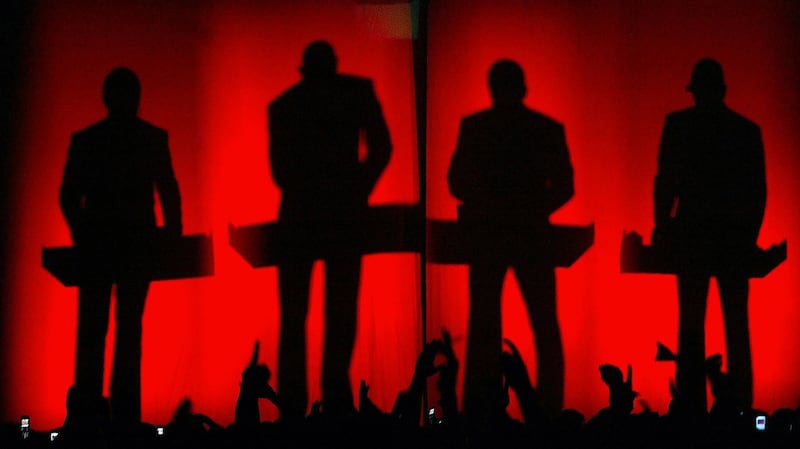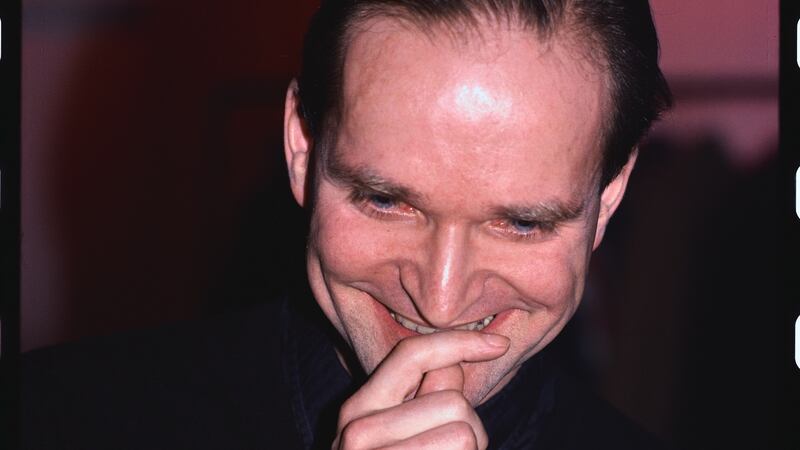Born: April 7th, 1947
Died: April 2020
Florian Schneider, one of the founders of Kraftwerk, the German band that revolutionised pop music through its embrace of synthesisers and electronic beats, leading to a broad influence over rock, dance music and hip-hop, has died. He was 73.
In a statement, the group said Schneider had died from cancer “just a few days” after his birthday, which was April 7th.
Founded in Düsseldorf in 1970 by Schneider and Ralf Hütter, Kraftwerk was first seen as part of the so-called Krautrock genre – a German branch of experimental rock that, among other things, explored extended, repetitive rhythms.
But by the time of Kraftwerk’s album Autobahn, released in 1974, it became clear that the group was developing something even more elemental and extreme. The 22-minute title track, which took up the entire first side of the LP, began with a robotic voice intoning “autobahn”, the German word for highway, and continued with buoyant, hypnotic synthesiser sounds that conveyed a sense of gliding through a futuristic landscape.
On later albums, such as Trans-Europe Express (1977) and The Man-Machine (1978), Schneider and Hütter – joined by musicians including Karl Bartos and Wolfgang Flür – developed their ideas further. They created a catchy and provocative version of electronic pop and toyed with concepts of the role of human beings in an increasingly mechanised society.
‘Multimedia project’
Schneider and Hütter both played keyboards – in the early days, Schneider also played the flute – and produced the group’s albums at Kling Klang, Kraftwerk’s studio in Düsseldorf. They characterised the group as a “multimedia project” rather than simply a band.
“The whole complex we use,” Schneider told rock critic Lester Bangs in a 1975 interview, referring to the studio, “can be regarded as one machine, even though it is divided into different pieces.”

Bangs assumed that Schneider and Hütter considered themselves just part of the machine.
In concert, they would mime their performances at machines that simply played prerecorded tracks, and sometimes the human musicians would exit the stage entirely, replaced by rudimentary robot effigies that “performed” in their place.
While early rock critics were often baffled by Kraftwerk, the group’s influence had started to become clear by the mid-1970s. David Bowie named the track V-2 Schneider, from his 1977 album Heroes, in tribute to Schneider, and the two acts were mutually appreciative.
In 1982, Kraftwerk became part of the bedrock of early hip-hop when Afrika Bambaataa and his group Soul Sonic Force recreated the beat to Kraftwerk’s song Trans-Europe Express on Planet Rock.
Hütter usually spoke for the group in interviews, with Schneider sitting quietly by.
‘Sound fetishist’
“Florian is a sound fetishist,” Hütter told the British music magazine Mojo in 2005. “I am not so much; I’m maybe more a word fetishist.”
He added: “These roles are not an obligation. They have just developed over the years as our preferences.”
Florian Schneider-Esleben was born April 7th, 1947, in Öhningen, then part of West Germany. His father, Paul Schneider-Esleben, was a prominent modernist architect whose projects included the Cologne-Bonn Airport.

Florian Schneider met Hütter in 1968 in an improvisation class at the Robert Schumann Hochschule, a music school in Düsseldorf. They soon began performing together, with Schneider on flute and Hütter on keyboards, and they joined a progressive rock band, Organisation, which released one album, Tone Float, in 1969.
In 1970, the two men started Kraftwerk – the word means “power station” – and established Kling Klang, the Düsseldorf studio that would be their home base for decades. That year, Schneider also purchased a synthesiser and became interested in manipulating acoustic sounds through electronics.
Kraftwerk has been nominated for the Rock & Roll Hall of Fame six times – including for the most recent class – but has yet to be inducted. The group was given a lifetime achievement award at the Grammys in 2014.
Schneider left Kraftwerk in 2008 and did not participate in later tours, including a 2012 series of performances at the Museum of Modern Art in New York. In February, the group announced plans for a “3-D” tour of North America to celebrate its 50th anniversary.
Information on survivors was not immediately available.
– New York Times Service












